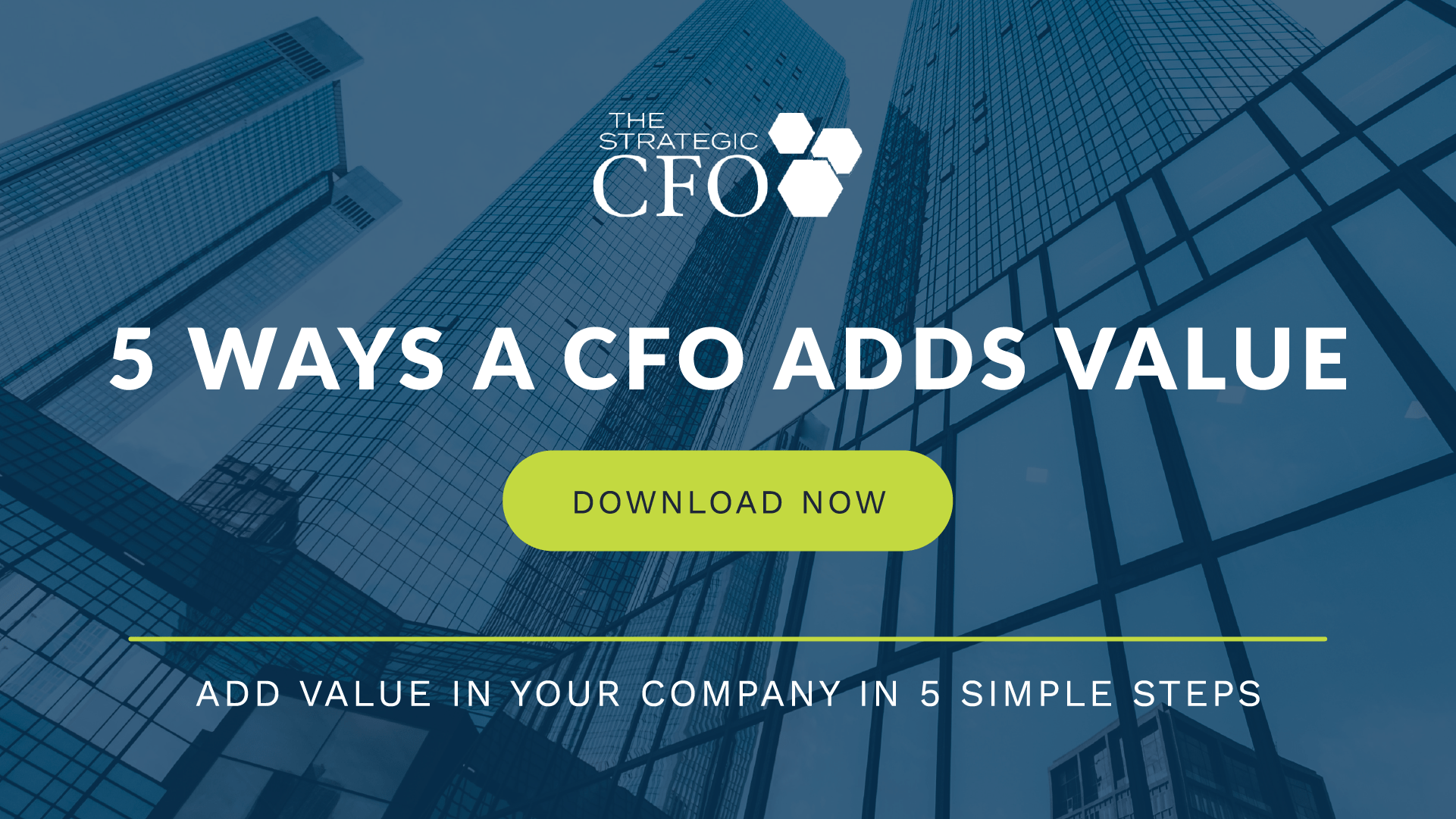 It happens all the time. Companies need capital, but they aren’t bankable. Banks or other financial institutions will not touch them because they are either too risky, not able to meet covenants, or it just doesn’t work out for some reason. So, where do those companies go? They need to look at alternative forms of financing. In this week’s blog, we take a look at alternative financing and why there is a need for it.
It happens all the time. Companies need capital, but they aren’t bankable. Banks or other financial institutions will not touch them because they are either too risky, not able to meet covenants, or it just doesn’t work out for some reason. So, where do those companies go? They need to look at alternative forms of financing. In this week’s blog, we take a look at alternative financing and why there is a need for it.
What is Alternative Finance?
What is alternative finance? The US Small Business Administration defines it as “financing from external sources other than banks or stock and bond markets”. It typically refers to fundraising through online platforms; however there are various sources that could be considered alternative forms of financing. We will look into those a little later in this blog.
The Need for Alternative Financing
Why is there a need for alternative financing? Not all entities (banks, stock, bond markets, etc.) are willing to finance certain companies due to a variety of reasons. For example, Company A is a 2 year old company that has a technology that will not be ready for market for another 6 years. A bank most likely will not fund that project because there is no revenue for 8 years and there is no guarantee that the company is ever going to be successful. Alternative forms of financing will help Company A continue to research and develop their product and bring it to market.
In addition, alternative financing often provides benefits like mentorship, customer validation, advice, and buy-in.
Alternative Forms of Financing
There are several alternative forms of financing, but today, we will look at 5 financing options for companies that are not bankable. Those include crowdfunding, grants, mezzanine lending, private equity, and bootstrapping/sweat equity.
Crowdfunding
Crowdfunding is the most public form of alternative financing. It’s simply an online platform where many investors invest small amounts in a company. Popular crowdfunding sites include Kickstarter, Indiegogo, and GoFundMe. This is a great option for companies that have customers who want what they have but the bank does not agree. For example, some indie films have raised capital via crowdfunding platforms as both a marketing effort and capital raising. As a result of investor’s donations, they get perks such as rewards, early access, etc.
Grants
Other alternative forms of financing include grants, competitions, and accelerators. Grants do not have to be paid back, unlike a loan. They are usually disbursed or gifted by one entity. Often, that entity is a government department. It could also be a corporation, trust, or foundation. Most grants require an extensive application process. In addition, most grants are designated for a specific purpose – like research and development.

Mezzanine Lenders
Mezzanine Lenders are organizations that provide loans to businesses; however, they are not required to have all of the guarantees and collateral of a traditional bank. Their loan to you might have some aspects of convertible debt to equity. In addition, it will definitely be more expensive than a traditional commercial loan. It will be about as expensive as using a credit card. But these lenders are great alternative to companies that may not be bankable.
Private Equity
Private Equity firms are funds, and team of individuals manages this fund that provides debt and equity to businesses. Usually, the “hold” period for the investment can be anywhere from 3-7 years. The Private Equity (“P.E”) firms bring best practices and find synergies with other portfolio companies to streamline costs. P.E. firms sometimes specialize in an industry or market to align their interests. Depending on the type of firm, private equity investors may take a managing role in a company.
Bootstrapping/Sweat Equity
While bootstrapping is not necessarily a form of financing, it does free up cash that is needed elsewhere. For example, a company can bootstrap by hiring employees on equity rather than a salary. While this may be a cheap option in the meantime, it can become expensive in the long run (especially if the company takes off).
It’s a CFO’s role to improve profits and cash flow. But to do that, they need to have the financial leadership skills to guide the CEO as they manage the organization. If you are ready to add real value to your company and get the respect you deserve, then click here to download our 5 Ways a CFO Adds Value whitepaper.























